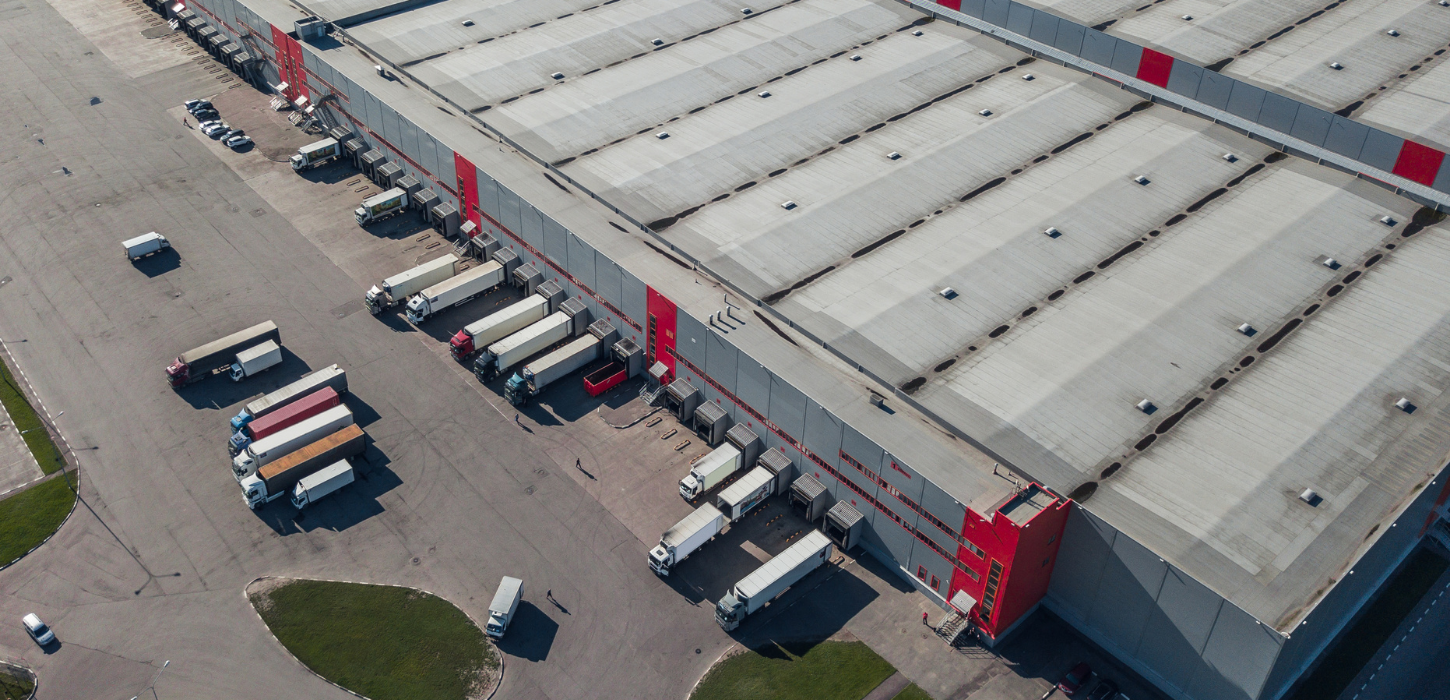Romaine lettuce: it’s the thick-ribbed backbone of many good salads. The crunch in your burger. It’s pretty much the most run-of-the-mill leafy green you can imagine. Now, over the past few weeks it’s been having a moment with widespread reports of E Coli contamination in North America. It’s led the CDC and Canadian Food Agency to declare all romaine lettuce off limits. Consumers, restaurants and food manufacturers are being encouraged to chuck all romaine lettuce products – no matter the brand – until authorities can get to the heart (forgive the pun) of contamination issues in North America’s supply.
The CBC reports that 24 individuals in Canada have been diagnosed with E. coli 0157 infection, and 63 in North America more broadly. Health Canada also estimates that those diagnoses represent only 5% of the overall infection rate. The same strain of E coli got 48 Canadians sick around the same time last year – again, from romaine lettuce – so this is a recurring problem, leading CDC and Health Canada officials to take all romaine lettuce off the table.
It’s a pretty notable move, to declare the entire supply of a certain foodstuff dangerous, rather than just products supplied by a certain brand or retailer. But it speaks to the severity of the problem, and the thorny supply chain issues that have led to it. Most Supply Chain failures (see KFC, Chipotle, Target) have implications for specific brands, but this romaine lettuce issue might have broader implications for public trust in the food system as a whole.
Romaine lettuce is a pretty ubiquitous ingredient, and like many agricultural commodities it can have a rather complicated Supply Chain. The upshot: authorities haven’t issue a general recall, because they don’t know exactly which suppliers the contaminated lettuce is coming from.
We’ve been following this Supply Chain snafu since it popped up a few weeks ago, and wanted to weigh in. Over the past week or so, authorities have traced the contaminated romaine back to producers in California, but they still haven’t issued a recall. They say the bacteria likely came from cross-contamination with cattle feces – both this year and last. But they’re still largely in the dark about the contamination’s exact source, which speaks to some big shortcomings in the food supply chain that shake consumer confidence whenever they rear their ugly heads.
Why is it such a thorny Supply Chain problem?
It’s all about transparency. Like we talked about when reports came out earlier this year about the prevalence of fraudulent seafood, there are some foodstuffs with complicated, muddled Supply Chains, without the transparency that would maximize food safety and consumer confidence in the food they buy.
If authorities could find out exactly which farms had cross-contamination, they could issue a recall for certain brands. That would be it, and North Americans could continue to crunch into the rest of the romaine supply. But with an opaque produce Supply Chain, consumers and restaurants have to throw the baby out with the bathwater.
Traceability has been touted as a solution to all kinds of common supply chain problems, from food safety to human slavery. Writing in Forbes, Bruce Y. Lee describes how more companies are adopting Blockchain solutions to track a product’s origin at every link in the chain. CIPS’ Supply Management reports that more retailers are adopting Blockchain solutions to help customers know exactly where their suppliers’ products are coming from. Wal-Mart, for example, has required suppliers to sign up to its Blockchain solution – IBM Food Trust – by September 2019. In general, it’s considered harder to implement Blockchain solutions for low-price items like Lettuce than high-price items, but they’re starting to have some penetration.
(Click here to check out our primer on Blockchain for Supply Chain Management, by the way).
Blockchain can make Supply Chains more transparent, thus more accountable. But some are saying supplier transparency doesn’t go far enough to stop these kinds of contaminations from impacting consumers. The CBC quoted Keith Warriner, a food scientist at the University of Guelph who called improved traceability a “band aid solution.” In other words, it can only help with the problem after someone has gotten sick, but it doesn’t deal with the core issue.
This strain of E. coli was first discovered in 1982 and has been linked to numerous outbreaks in spinach, lettuce, and beef itself. So maybe it’s finally time for scientists to attack it at the source. The CBC report goes on to describe how scientists are exploring different ways of killing E. coli in irrigation water. They have also developed E. coli vaccines for cattle, but farmers are hesitant to invest because they don’t see an immediate return, and are unsure of their efficacy.
Our take is that a combined solution is likely the answer. Whatever upstream method scientists develop to stop E. coli contamination is probably best accompanied by increased Supply Chain transparency. Once producers start vaccinating cattle or taking other measures to limit contamination, a more traceable supply chain will allow consumers to buy products that come from the safest sources – thus increasing the incentive in the food system for producers to implement those improved safety measures in the first place.




0 Comments